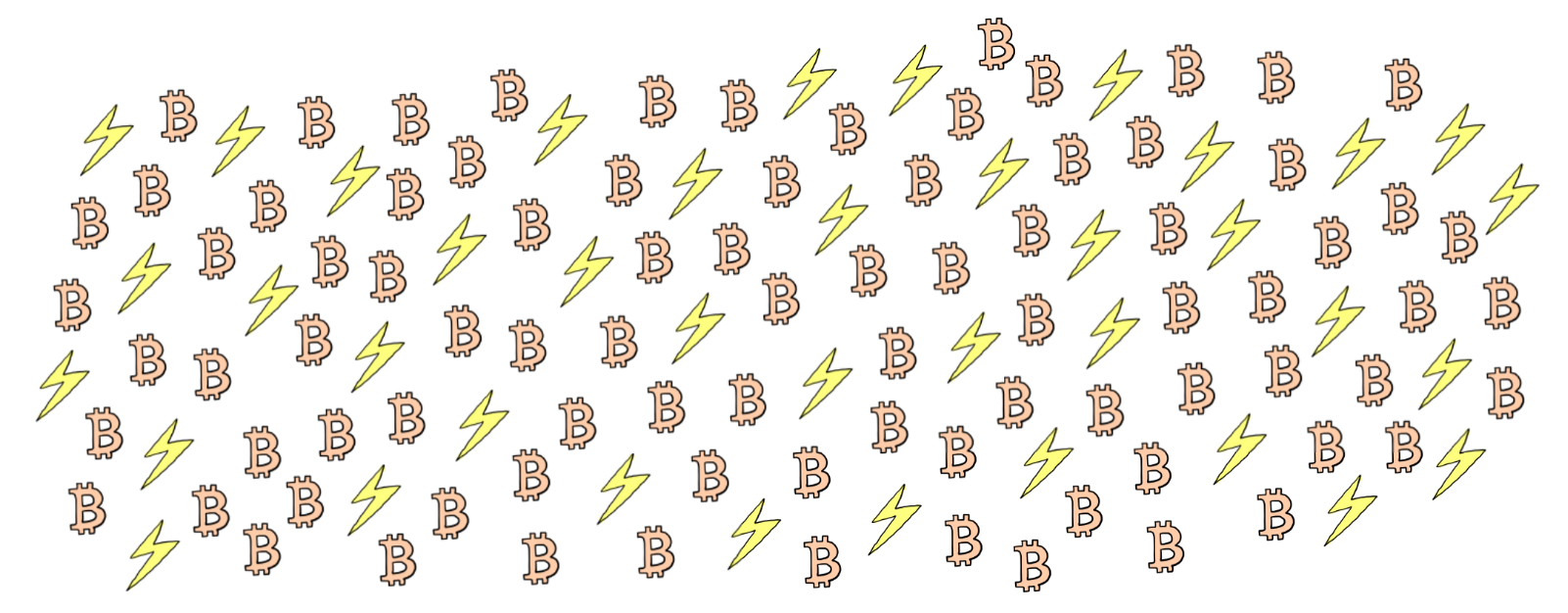What is a channel?
It is literally just a transaction sending funds to a 2-of-2 multisig transaction. This creates an unspent UTXO and the channel is open until that UTXO is spent (crazy to think that the current state of the LN is just a subset of the current UTXO set). During the lifetime of the channel, a bunch of transactions are created that double spend the funding tx and eventually one of those (and only one. No double spends bro) will go on-chain and the channel will be closed. Ideally you only see these two on-chain transactions: one to open the channel and one to close it.
Creating a channel:
To create a channel we need to somehow get this initial funding channel on-chain. How this is done can be gleaned from BOLT2 but I will go through my understanding of it here. The following screenshot is from the bolt and shows the various messages sent between two nodes during channel creation. I will go through each of these.

Since commitment transactions are part of the update layer (and ie will be analysed in a future post) I wont get into those details now but the important thing to know is that once a funding transaction is established and confirmed, commitment transactions are used to define the state that the channel is in (how the funds are distributed between the participants in the channel). So each commitment transaction pretty much just spends the funding transaction (uses the funding tx as its input) and then has outputs that define the division of funds between the participants.
The funding transaction for a channel between Alice and Bob is simply a transaction that has an output of the following form:
2 <pubkeyA> <pubkeyB> 2 OP_CHECKMULTISIG
Where <pubkeyA> is the Alice’s public key and <pubkeyB> Bob’s. Currently in
the Lightning Network a channel is always funded by one side. So in our example
lets say that Alice wants to open, and hence fund, the channel. The question is:
how does she do this? Can she simply just send funds to the above script? No she
cant because there is a chance that Bob might disappear and never be around to
sign any transaction that attempts to spend from the funding transaction and
this would mean that Alice’s funds would be stuck in this UTXO forever. Let’s go
through each of the messages shown in the above diagram to see how it is done
then.
open_channel:
Alice sends this message to Bob to indicate that she wants to open a channel
with him. This message includes various details regrading Alice’s requirements
of the channel but the important one is the funding_pubkey. This is the public
key that Alice intends to use as her public key in the funding transaction
script.

accept_channel:
If Bob is happy with the terms that Alice has put forward in her channel offer,
then he can send back the accept_channel message which also contains some of
his requirements along with the funding_pubkey that he intends to use.

At this point, Alice has all that she needs to construct the funding transaction. However, she at this moment still does not broadcast the funding transaction because she still has no guarantee that Bob will not disappear. So what she needs is a commitment transaction signed by Bob that spends from the funding transaction and divides the channel balance accordingly. It could be the case that the initial division of funds allocates some funds to Bob too and so Bob would also want a valid commitment transaction that he can broadcast in case Alice disappears (the concept of asymmetric commitment transactions will be discussed in detail in a future post. For now, just know that both sides have a commitment transaction) . What Alice does now is construct the funding transaction (using Segwit inputs only so that the TXID of the transaction can not be changed due to script sig field malleation) but she does not broadcast the transaction. She sends bob the following message:
funding_created:

This message contains the TXID of the funding transaction, the relevant output index of the funding transaction along with a signature for Bob’s commitment transaction (if Bob is following the rule then Alice is able construct the exact commitment transaction that he is holding and is thus able to provide her signature for it). Note that Bob cannot yet do anything with his commitment transaction since it is spending from a transaction that is not on the blockchain yet.
funding_signed:
If Bob is happy then he can send Alice a funding_signed message.

This message will contain a Bob’s signature for Alice’s commitment transaction.
At this point, Alice now has a valid commitment transaction signed by Bob that spends from the funding transaction that sends her funds back to her. It is thus safe for her to now broadcast the funding transaction.
channel_ready:
Both parties will be monitoring the blockchain at this point waiting for the
funding transaction to be confirmed. Once each party sees it, they will send the
other party the channel_ready message which contains the channel ID of the
channel.
The channel is now open. YEET!

